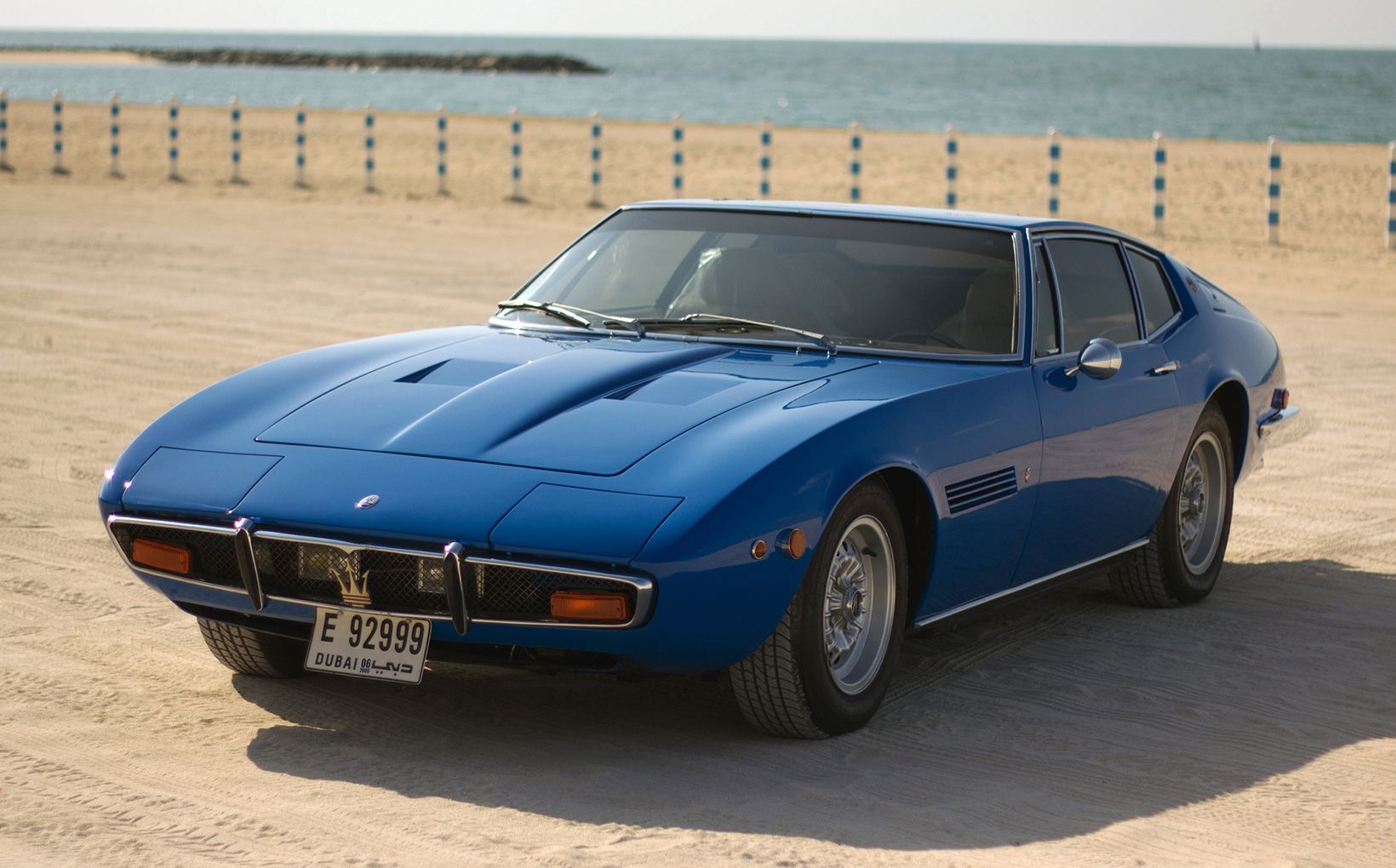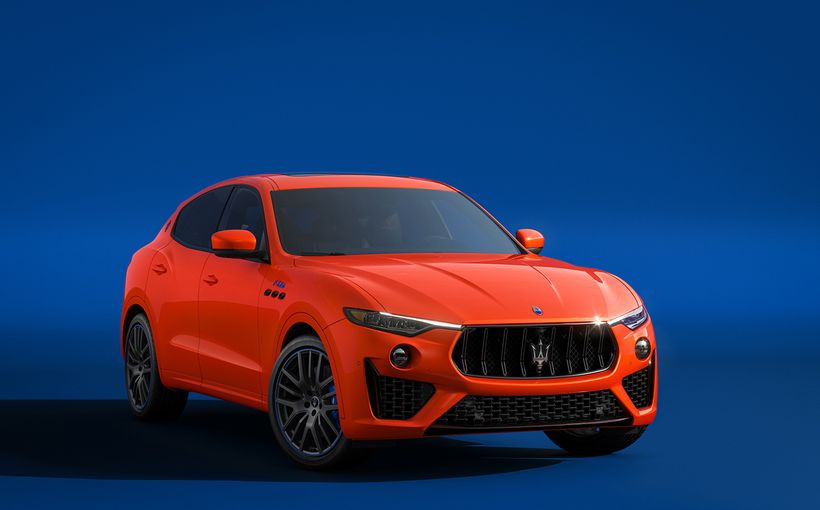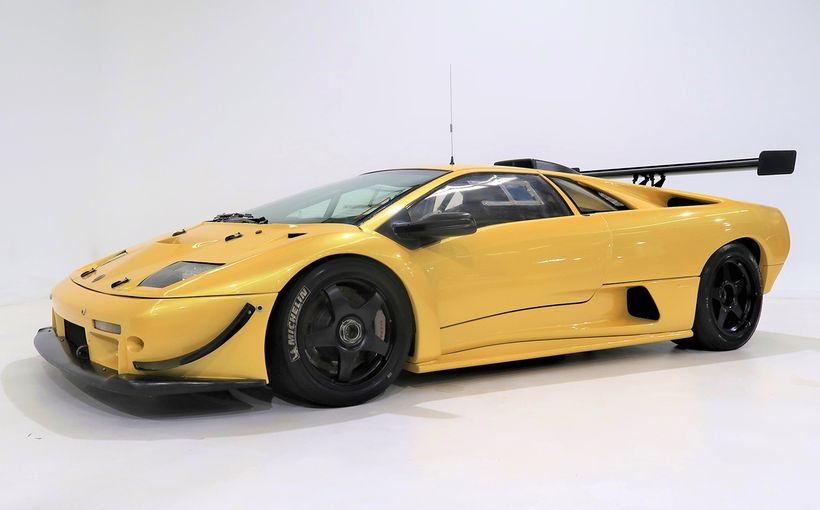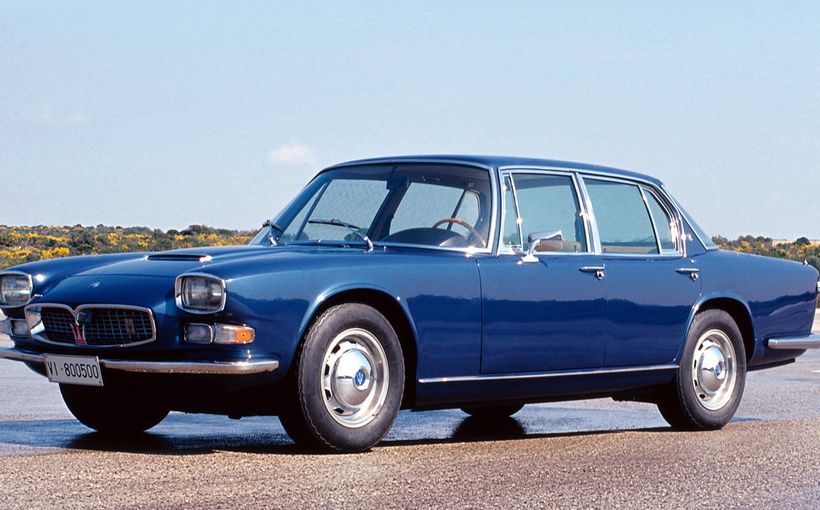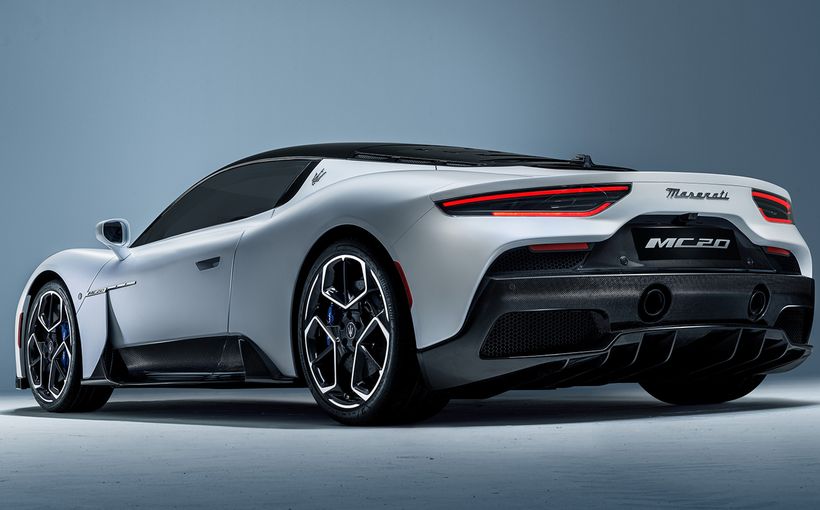Maserati Ghibli: a hot new V8 coupe to blast Ferrari V12s

The Maserati Ghibli, which made its debut as a prototype at the 1966 Turin Motor Show, was not only one of the world’s fastest Gran Turismo cars but also one of the most charismatic, combining prodigious V8 performance with beautiful design and a luxurious interior.
While the badge just ahead of the front doors read Ghia, the car was designed by the 28-year-old Giorgetto Giugiaro. Destined for great fame, Giugiaro began his career at Bertone where he worked for six years before switching to Ghia. He founded the famous carrozzeria Ital Design in February 1968. Many enthusiasts believe the Ghibli to be his greatest work.

(Image: wheelsage.org)
Project chief for the Ghibli, Giulio Alfieri, was determined to create a new Gran Turismo to rival anything offered by arch-rival Ferrari (of which – and whom – more shortly), Lamborghini or, for that matter, Aston Martin. Perhaps the Ghibli is most quickly understood as a kind of superior Italian Aston Martin, relying more on abundant torque than top-end power for its performance. Alfieri believed that a 4.7-litre V8 was much better suited to his purposes than, say, Ferrari’s high-revving 3.3-litre V12, which he saw as essentially an engine for racing rather than the road. The Ghibli was named for a hot, dry wind in Africa and hot it certainly was. Maserati claimed maximum power of 330 brake horsepower at 5000rpm and a top speed of 160 miles per hour. The Ferrari 275GTB promised 280 with a similar V-Max.

While Enzo Ferrari ran his eponymous brand, he nurtured a deep antagonism towards Maserati. The idea that one day Ferrari engines would take their place beneath Maserati bonnets and behind the trident badge would have been anathema to him. Despite the two companies being in close geographical proximity, the emotional distance between them was almost unbridgeable.

(Image: wheelsage.org)
Ferrari would never have sanctioned producing a four-door model even though (from 1963) Maserati had its Quattroporte, which in the 1980s became the official car of the President of the Italian Republic, specifically chosen by President Sandro Pertini. In their Maserati: A Century of History, we find this enchanting vignette:
…he used the Quattroporte on every public occasion. And that included his historic visit to the Ferrari factory at Maranello…on 29 May 1983. The men of the presidential palace, the Quirinale, went over the protocol with Enzo Ferrari once more a day before the visit was due to take place. When the presidential car entered the Ferrari factory area and came to a halt, Ferrari was to walk over to meet it, as ceremony required…
Everything was going to plan until the presidential car stopped. At that moment, all eyes turned to Enzo Ferrari who, ceremony demanded, was to move towards the car in which the Head of State sat. Instead, Ferrari didn’t move. He stood immobile about 10 metres from the Maserati. It seemed as if time had stood still, until the aged president opened the door himself as nobody else was going to do so, and walked over to Enzo Ferrari…His sensitiveness and personal history didn’t permit him – Enzo Ferrari – to walk to a Maserati, even if the President of the Republic was sitting in it and had come to call.
The Holden marque made its last appearance at Mount Panorama in Supercars on 9 October 2022 and the old Holden versus Ford rivalry was much in evidence, but compared with Ferrari versus Maserati, this looks more like friendship. Nello Ugolini is the only person to have worked as motor sport director for both companies. In this same volume an interview with Ugolini is quoted:
In 1955 we were in difficulty. Mercedes-Benz was massacring us, but when I telephoned from the circuits to say how practice was going, Ferrari wanted to know what ‘those over there’ had done.
Meaning Maserati, whose name he could not bring himself to say; losing to Mercedes-Benz barely mattered as long as Enzo Ferrari’s cars were not behind ‘the enemy’.
The Ghibli was one of those classic Maseratis that appealed to a broader range of customers than Ferraris did, highly sought though they were. While racing was of great importance, it seems clear that successive Maserati managements showed more interest in the road car side of the business than did Enzo Ferrari, who essentially saw this as a way of funding his racing endeavours. By 1963 when the original Quattroporte made its debut, Maserati had diversified sufficiently to produce an eight-car range, while Ferrari offered just four.
Nevertheless, the relationship between racing and the road remained evident in the Ghibli. Alfieri gave the V8 engine a dry sump which was a rarity in showrooms of the late 1960s. This enabled Giugaro to create a very low bonnet line, which in turn inspired the use of retractable headlights. Not only was the bonnet low, it was also extremely long and the distance between the leading edge of the front doors and the guards clearly denotes the presence of a very powerful engine mounted ahead of the two-seater cabin.

(Image: wheelsage.org)
At Turin in 1966, the Ghibli received a rapturous response, which translated into strong demand. The original plan had been to produce about 400 examples but over the next six years, 1280 were made. A roadster was introduced a couple of years later and 126 of these were sold. From a design perspective, the loss of the fastback-style fixed roof robbed the Ghibli of its superb balance.
Although it was in production until 1972, the Ghibli was essentially a 1960s car. Even in 1966, a five-speed gearbox with trademark Maserati stubby lever was to be expected but arguably a leaf-sprung solid rear axle was not, especially when one considers that Jaguar had introduced independent suspension with its E-Type in 1961 and even the 1963 Triumph 2000 boasted this feature as did several other mid-market cars.
In the decades following the Ghibli, Maserati experienced great turbulence. Even during the 1960s, it was becoming difficult for small independent manufacturers to thrive; Enzo Ferrari, having flirted with Ford in 1963, concluded a deal with Fiat in 1969. On 20 December 1968, Citroën acquired 60 per cent ownership of Maserati, leaving Adolfo Orsi (who had acquired the company from the Maserati brothers in 1936) with the balance. But when Citroën succumbed to Peugeot, the future of Maserati looked perilous.
Alejandro De Tomaso, who after retiring as a racing driver created his own marque, had his sights on Maserati and in 1975 became managing director before gaining full control some years later.

(Image: wheelsage.org)
De Tomaso’s grand plan for the marque was to make it a player in volume production and he took the BMW 3-Series as a benchmark of what might be achieved by a more affordable Maserati to be offered in four-door, two-door and cabriolet guises. When the Biturbo was first shown, it was to be half the price of a Porsche 911, but by the time it came to production the proportion was closer to two thirds, while quality was – in a word – poor.

(Image: wheelsage.org)
From the Biturbo range came the inspiration for a new generation Ghibli using the same mechanicals in a bespoke new body by Countach designer Marcello Gandini.

(Image: wheelsage.org)
Quality by the early 1990s was much improved. This elegant newcomer arrived in 1992 and helped the marque regain some reputation (and the V8 Shamal of 1994 was better again). Two twin-turbocharged engines were offered, a 2.0-litre unit mainly for European buyers and a 2.8.

(Image: wheelsage.org)
Doubtless there were purists who believed this represented an inappropriate use of a classic Maserati model name but the second-generation Ghibli delivered scintillating performance, elegant design and an extremely luxurious interior.

(Image: wheelsage.org)
Shortly after the launch of this new Ghibli, Fiat came to Maserati’s rescue and an early decision was to invite Gandini to reconfigure his Ghibli as a new four-door model to be called Quattroporte – note the Countach-style rear guards! Then in 1997 Maserati was moved into the Ferrari fold.

(Image: wheelsage.org)
The Ferrari/ Maserati product planners doubtless thought it made good policy to introduce a new more compact luxury saloon to supplement the Quattroporte, and in so doing appropriated the Ghibli name. This third-gen car, an excellent and characterful machine was offered from 2013. But while it may be argued that Quattroporte merely means ‘four doors’, for Maserati cognoscenti, Ghibli undoubtedly means much more than a hot dry wind! Perhaps the product planners should have conceived a new this-century model name and left Ghibli for the collectors.


